Table of Contents
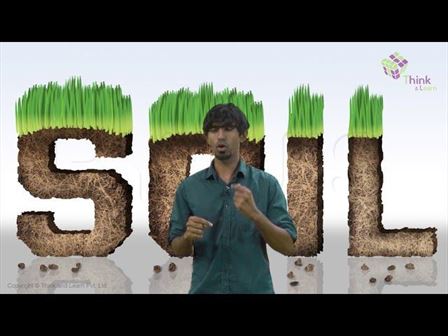
From a general perspective, “soil” is a very broad term and refers to the loose layer of earth that covers the surface of the planet. The soil is the part of the earth’s surface, which includes disintegrated rock, humus, inorganic and organic materials. For soil to form from rocks, it takes an average of 500 years or more. The soil is usually formed when rocks break up into their constituent parts. When a range of different forces acts on the rocks, they break into smaller parts to form the soil. These forces also include the impact of wind, water, and salts’ reaction.

There are three stages of soil:
- Solid soil
- Soil with air in the pores
- Soil with water in the pores
Various types of soil undergo diverse environmental pressures. Soil is mainly classified by its texture, proportions and different forms of organic and mineral compositions.
Types of soils
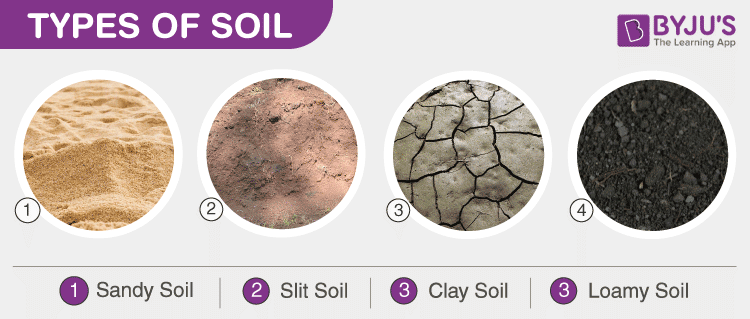
Soil is classified into four types:
- Sandy soil.
- Silt Soil.
- Clay Soil.
- Loamy Soil.

Sandy Soil
The first type of soil is sand. It consists of small particles of weathered rock. Sandy soils are one of the poorest types of soil for growing plants because it has very low nutrients and poor water holding capacity, which makes it hard for the plant’s roots to absorb water. This type of soil is very good for the drainage system. Sandy soil is usually formed by the breakdown or fragmentation of rocks like granite, limestone and quartz.
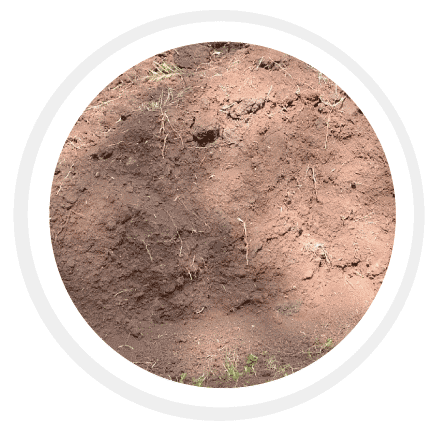
Silt Soil
Silt, which is known to have much smaller particles compared to sandy soil and is made up of rock and other mineral particles, which are smaller than sand and larger than clay. It is the smooth and fine quality of the soil that holds water better than sand. Silt is easily transported by moving currents and it is mainly found near the river, lakes and other water bodies. The silt soil is more fertile compared to the other three types of soil. Therefore, it is also used in agricultural practices to improve soil fertility.
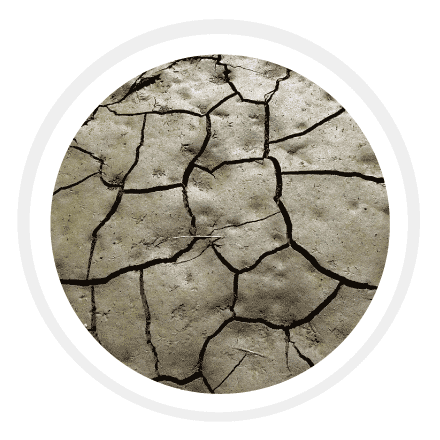
Clay Soil
Clay is the smallest particle among the other two types of soil. The particles in this soil are tightly packed together with each other with very little or no airspace. This soil has very good water storage qualities and makes it hard for moisture and air to penetrate into it. It is very sticky to the touch when wet but smooth when dried. Clay is the densest and heaviest type of soil which does not drain well or provide space for plant roots to flourish.
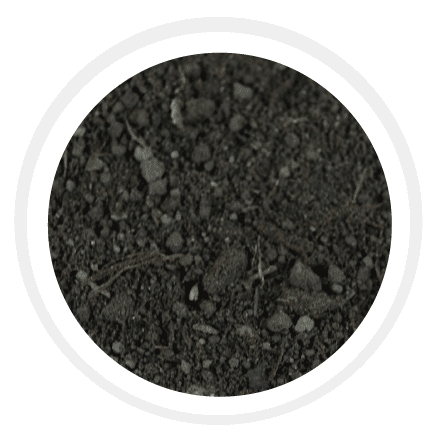
Loamy Soil
Loam is the fourth type of soil. It is a combination of sand, silt and clay such that the beneficial properties of each are included. For instance, it has the ability to retain moisture and nutrients; hence, it is more suitable for farming. This soil is also referred to as agricultural soil as it includes an equilibrium of all three types of soil materials, being sandy, clay, and silt, and it also happens to have humus. Apart from these, it also has higher calcium and pH levels because of its inorganic origins.
Related Links
Overview of Soil
The ground on which we walk is never quite the same; it keeps on changing. Sometimes, it is made up of millions of tiny sand granules and other times; it is a hard, rocky surface. Other places have the ground covered with moss and grass. When humans came along, the landscape slowly changed with the introduction of roads and rails.
Important Questions and Answers about Soil
1. State the classifications of soil.
Soil can be classified into three primary types based on its texture – sand, silt and clay. However, the percentage of these can vary, resulting in more compound types of soil such as loamy sand, sandy clay, silty clay, etc.
2. State the characteristics of sandy soil.
Sandy soil essentially consists of small particles formed by weathering rocks. It is also very low in nutrients and poor in holding water, which makes it one of the poorest types of soil for agriculture.
3. Explain the significant features of silty soil.
Silt has smaller particles compared to sand. It is also made up of rock and other mineral particles. Furthermore, its fine quality holds water better than sand. Due to the above-mentioned features, it is also beneficial for agriculture.
4. Explain the characteristic of Clay soil.
Clay contains the smallest particles among the other two types of soil. Particles are so densely packed that there is very little or no airspace. Consequently, this property effectively retains water. However, it also becomes hard for moisture and air to penetrate into it, thereby impeding the growth of plants.
Stay tuned with BYJU’S to know more about soil, its types and other interesting topics at BYJU’S Biology.

Frequently Asked Questions on Types of Soil
What is Soil?
Soil is usually referred to as the naturally occurring organic materials found on the earth’s surface. It is mainly composed of minerals, nutrients, water, other inorganic particles and some residues of plants and animals.
What are the different types of Soil?
There are different types of soil, and they are categorized mainly based on the size of the particles and the percentage of particles present in them—the three primary types of soil based on their texture are Sand, Loamy and Clay.
Other types of soil are based on the percentage of particles, resulting in more compound types of soil: loamy sand, sandy clay, silty clay, etc. Apart from these, soils are also classified based on their colour- Red soil, Black soil and Brown Soil.
Which soil is called the gardener’s best friend?
Loam or Loamy soil is called the gardener’s best friend.
Which crop can be grown in Loamy soil?
Loamy soil is suitable and the best soil for growing crops such as cotton, oilseeds, sugarcane, wheat, pulses, jute and other vegetables.
What is Sandy Soil?
Sand or sandy soil is formed by the smallest or fine particles of weathering rocks. This soil is known as the poorest type of soil for agriculture and growing plants as they have very low nutritional value and poor water holding capacity.
What is Clay Soil?
Clay or clay soil is mainly composed of the smallest particles of soil, which are densely packed with very little or no airspace and they effectively retain water. This soil is not suitable for growing plants as it is harder for moisture and air to penetrate into the soil.
What is Loamy Soil?
Loamy Soil is the mixture of clay, sand and silt soil which consists of additional organic matter and is very fertile compared to other types of soil. It is well suited for cultivation as the plant roots get a sufficient amount of water and nutrients for their growth and development.
Which soil is preferable to grow coconut and melon?
Sandy soil is the preferable soil to grow coconut and melon.


Your concept and wording is excellent
loved it
love it
very satisfactory
it was very nice studiying with byjus
I can do it
it was excellent.
The notes provided by BYJU’S is very helpful during this time of the corona virus an during my exams
Nice one
Very helpful for doing my assignments
Thank you
Very helpful and nice
It is very useful for small children to byheart.
Thank you for posting it on google.
But it is not in BYJUS official.
Please keep it that also.
The notes are very helpful thank you
These notes are very helpful thanks so much 🙂
Thank you, I learned a lot
👍👍👍It helped me very much.
it is very useful for my activity
I learned a lot, Thank you
Nice definition
Thanks so much for your write-up
What is soil
It has been so helpful for my work, thank you
These Notes Are very precise And Understandable, Knowledgable, Support me a lot in preparing my Exam
Excellent
Please answet this question :
Does the extent to which a soil can be shaped indicate it’s type?
Nice Byjus course